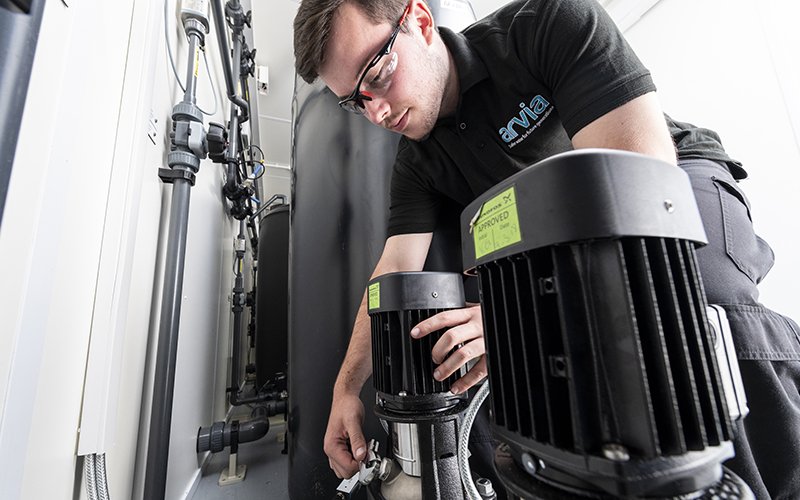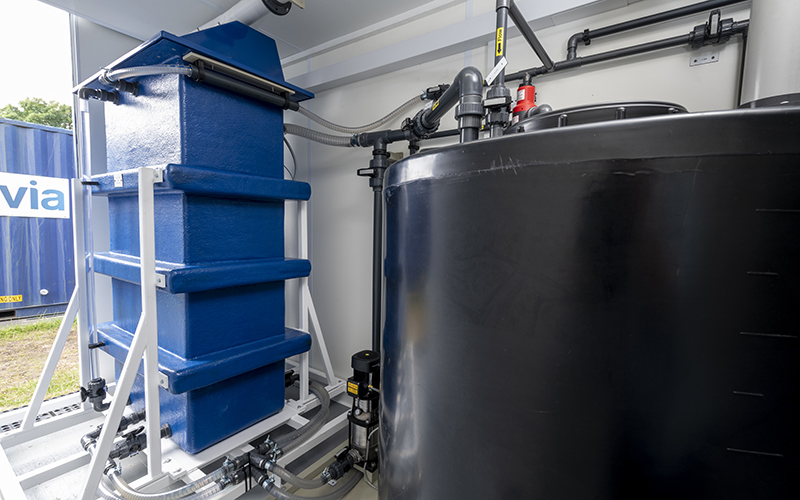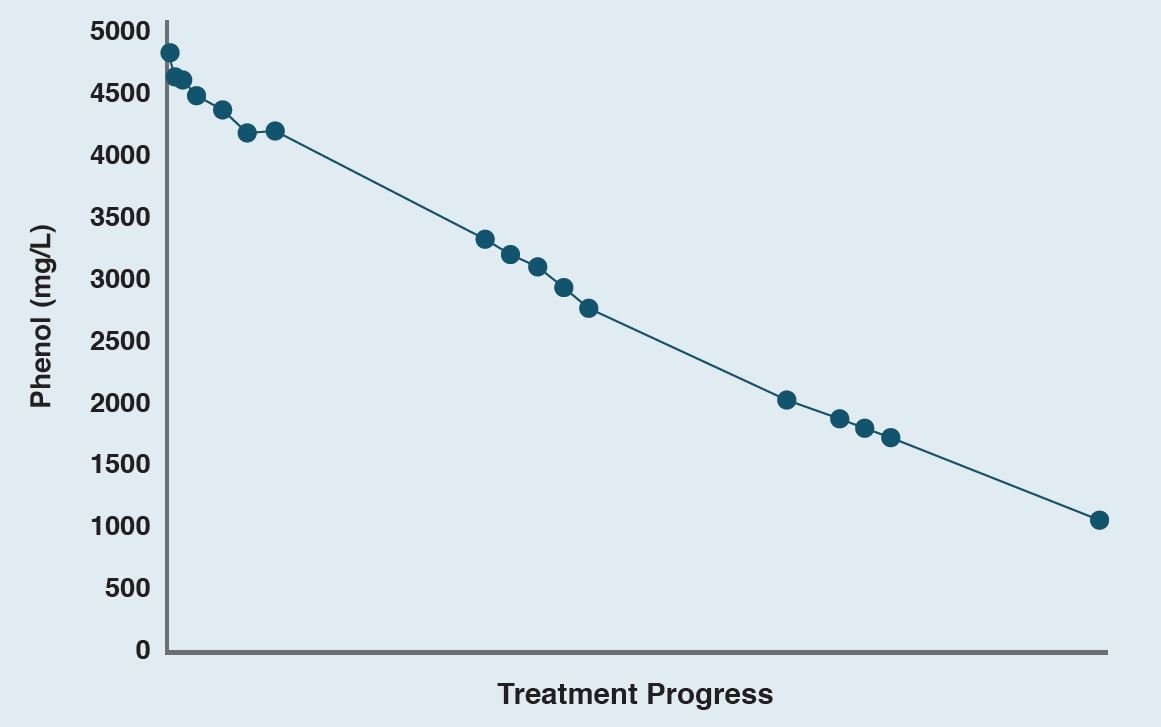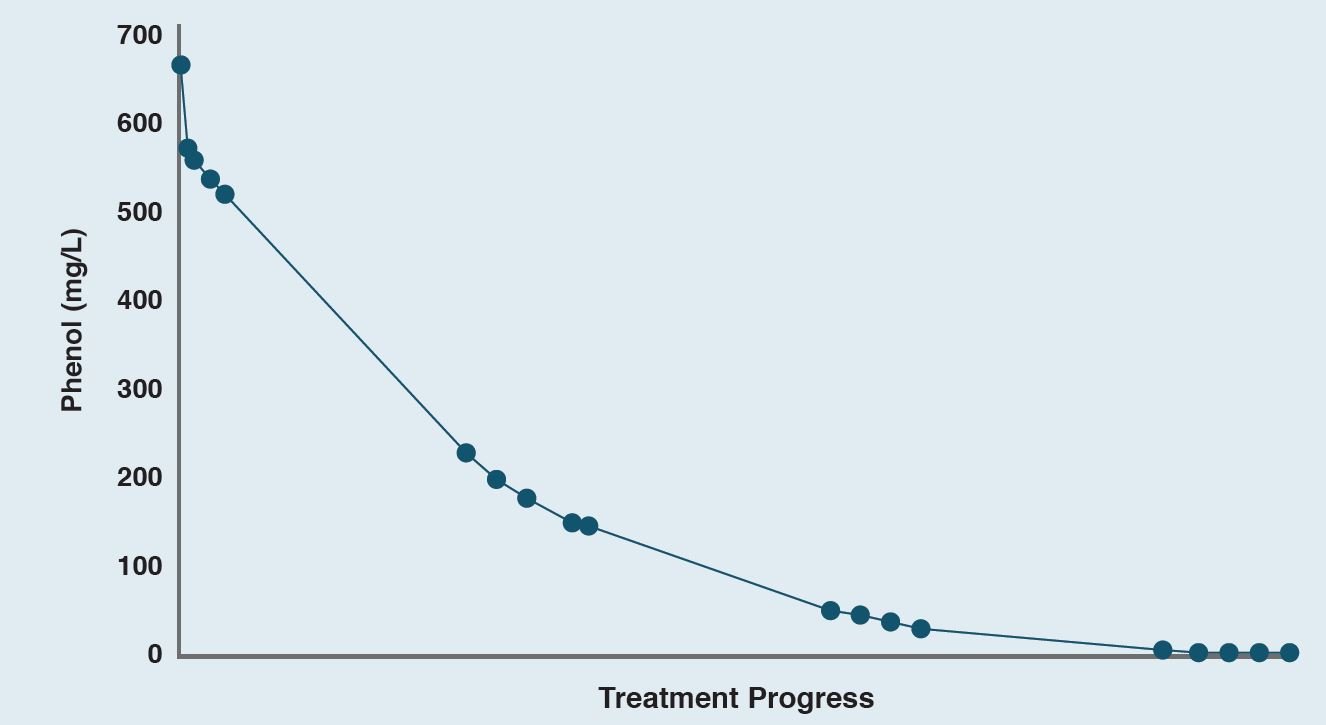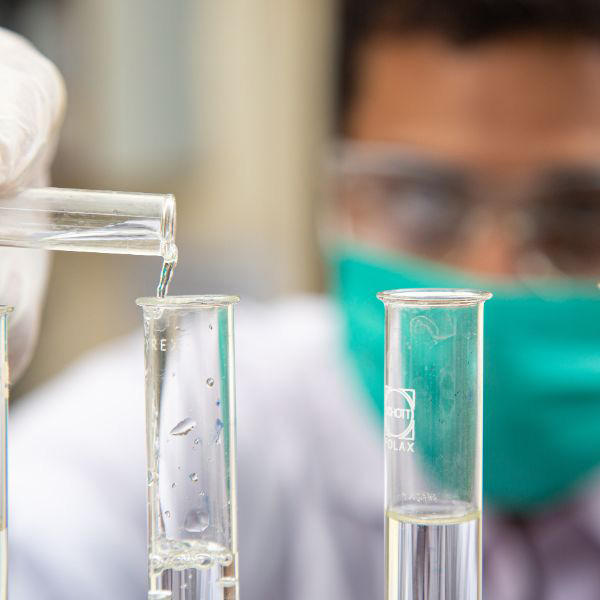CASE STUDY:
CASE STUDY BACKGROUND
Chemicals are widely used in the manufacture of everyday products including non-stick coatings, paints, adhesives and cleaning agents. Chemical compounds are often persistent in nature, meaning they can pass through traditional wastewater treatment systems, resulting in these compounds being released into waterways within wastewater effluent and even entering sources of water used for drinking purposes.
Furthermore, some chemical substances do not degrade, but bioaccumulate in the bodies of humans and animals. Researchers have found over 300 substances in human blood samples and breast milk, some of which can interfere with the hormone system or nervous system (endocrine disruption).
Improvements in analytical capabilities over recent years has meant that the visibility of persistent chemical compounds in water bodies has increased. This has led to:
- Consumer pressure over human health and the environment
- New technology development to cope with compounds of emerging concern
- New directives and regulations being considered by controlling bodies

